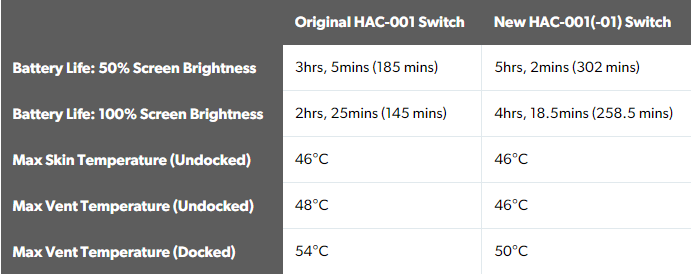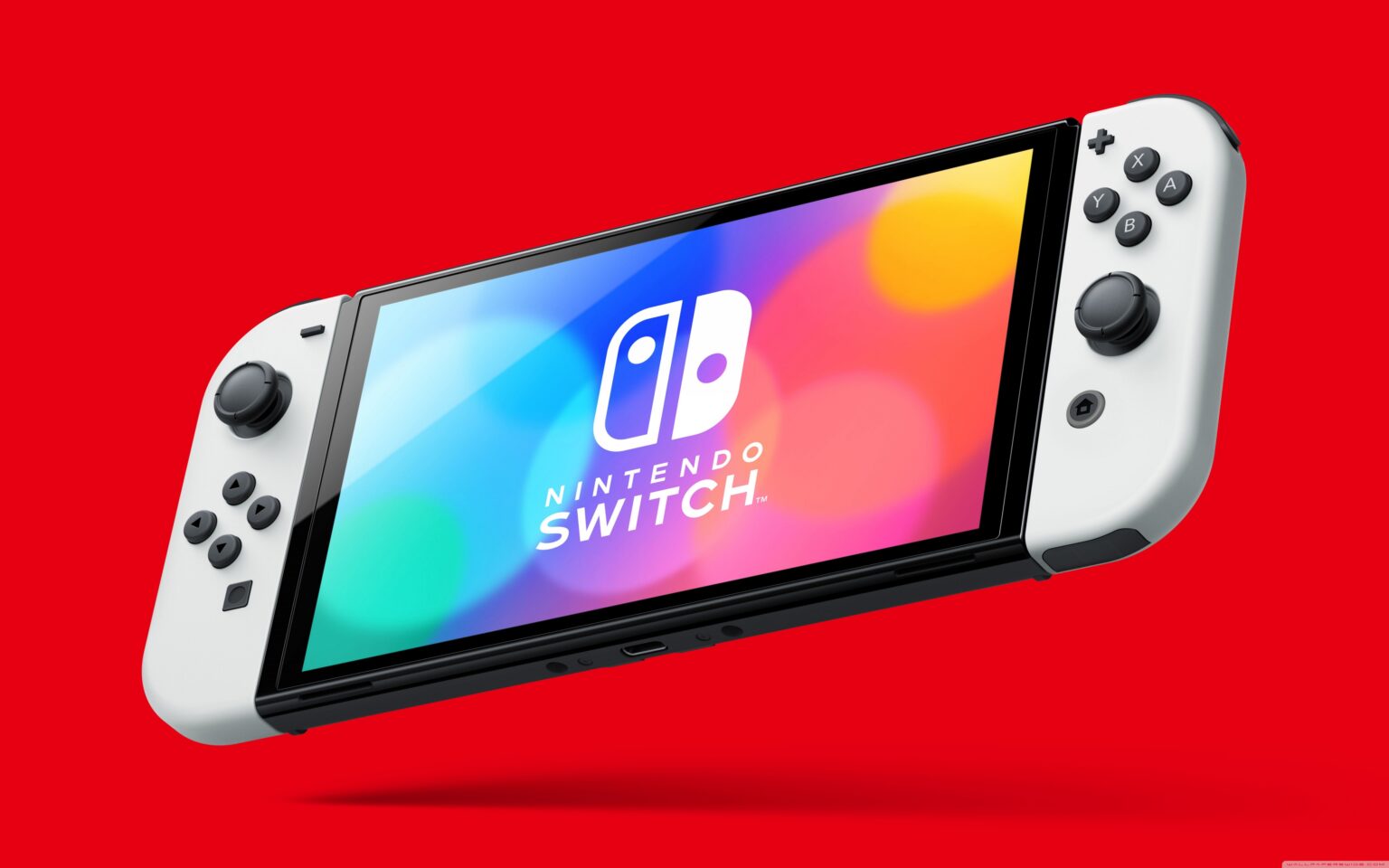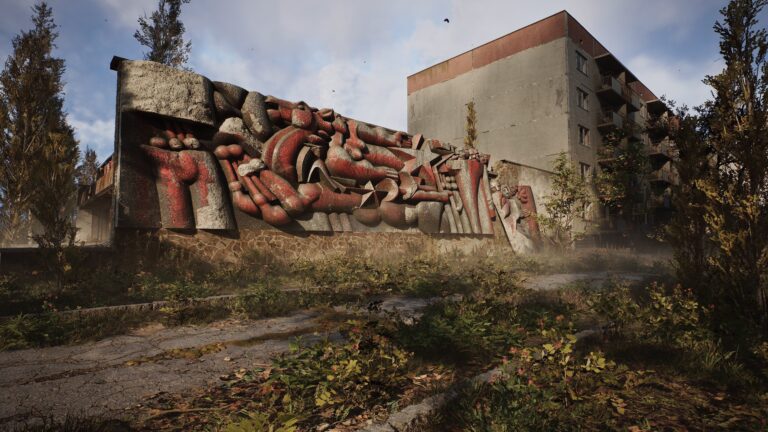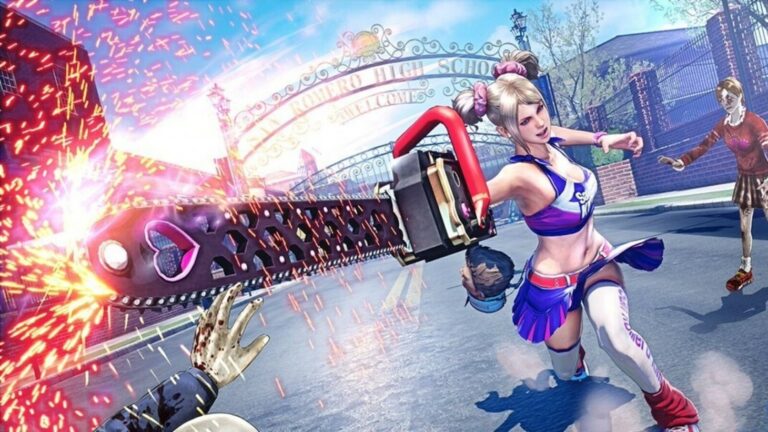It doesn’t take a tech genius or savant to know that Nintendo’s current console, the Switch, isn’t up to snuff, and hasn’t been since it was released back in 2017.
The Nintendo Switch is severely behind all other machines on the current market, and was already behind its competition in terms of hardware when it launched. It is, though, held up by its robust first-party library and developers that pull some black sorcery magic to get games like Tears of the Kingdom to properly function on a seven-year-old machine like mine.
In the time since its debut, the PC gaming sphere has released their own take on handheld portable gaming with devices like the Steam Deck, ASUS ROG Ally, and the Lenovo Legion Go. All these devices, despite being similar in portability and function to the Switch, offer a much more powerful and performance-driven experience than what Nintendo’s console can muster on the go.
If the next version of the Switch is to be released (which should be soon), it needs to be at least as powerful as its current contemporary, the Steam Deck.
But that’s easier said than done.
Why is the Switch so Weak?
Despite all my gripes with the damn thing, the Switch is a marvel of ingenuity and engineering. Nintendo capitalized on a market that was untapped by its competition, delivering a dual-mode operation console that caters to both hardcore and casual gamers alike. Nintendo’s “blue ocean approach” to console development paid off with at least 132 million units sold as of Q4 2023.
But, this dual operation came at a severe cost to the console. With portability being one of the Switch’s key features, compromises had to be made to streamline the transition between docked and handheld play.
This resulted in a weaker graphics processing unit (GPU), which is responsible for all the graphical output a console is capable of. A stronger, more powerful GPU was certainly possible, but it carried the need of a cooling system on its back to temper its output. A GPU with the caliber of 8th generation of consoles (PS4, Xbox One) would also lead to more power consumption and drain the Switch’s modest battery when on the go.
All these hurdles had to be overcome for the Switch to pioneer its identity whilst still being approachable and easy to operate. Luckily, such hardware solutions existed.
Inside the Switch
To minimize weight, heat, and power consumption, the engineers at Nintendo made great use of the Nvidia Tegra-X1 chip, which is a system-on-a-chip (SoC) that puts the CPU, GPU, and other necessary components onto a single chip. This chip also operates dynamically based on how a player uses their console, fluctuating its power output depending on whether the console is used handheld or docked. No other console on the market has to deal with this issue because they only have one set mode of operation (aside from PC handhelds).
This chip was updated in the newer versions of the Switch, designated by the HAC-001(-01) on the backside. Though the battery of the console remained the same, the Tegra chip was slightly upgraded to make better use of the console’s battery and power output, taking the Switch to slightly newer heights. Though not graphically superior, the updated Tegra chip showed that with proper adjustments to the Switch’s SoC, the console could be upgraded in ways that wouldn’t compromise the identity it had forged.

But that’s easier said than done.
Upgrading the Switch
Aside from Nintendo’s own updated chip and a slightly improved iteration made by Nvidia, the Integra X1 currently does not have a successor. There are no other current market SoCs that can take on the role the Tegra plays in the Switch at the moment.
The Steam Deck boasts much higher fidelity and performance than the Switch, downsizing the juice and output of a PC onto a portable handheld package. Though its power is comparable to that of the PS4, the Steam Deck is widely lauded as one of the best ways to take PC games on the go, with performance varying based on the game the user is playing.
Also coming with a dock, the Steam Deck sets a good benchmark for the new Switch to surpass or at least meet.
Currently, after the leaks Nvidia suffered, there does seem to be potential hardware for the new Switch to harness. This alleged chip, dubbed the T239, if fitted with something along the likes of the RTX 2050, can take the Switch far beyond what it currently is capable of, which the DigitalFoundry showcased with their hands-on testing and analysis.
If this new SoC can manage to surpass the Tegra-1x and be integrated into the Switch, the dream of a souped up Switch will no longer be a pipe dream. Just imagine 1080p and 60fps output on a Nintendo device.
The only question left is pricing.
The Steam Deck, at its cheapest, is priced at $399, which is $50 more than the Switch OLED. Though the price gap is not so negligible, the performance gap cannot be overstated.
Depending on how Nintendo and Nvidia go about developing their custom chips, it is possible that that Switch can be set, if not lower, than that price tag. Also, it is entirely possible that Nintendo releases multiple versions of this upgraded Switch, each iteration offering different perks and amenities like how Valve is doing with their Steam Decks. It isn’t outside of Nintendo’s wheelhouse to do something like that if the DS and 3DS console families are anything to go by.
All of this of course is nothing but conjecture. It is wholly unknown if Nintendo will even bother with using those aforementioned chips or forgo them entirely when tackling their next console, which may or may not be a Switch-like. Nintendo’s philosophy suggests that they might, but who knows.
Still, with rumors of Nintendo showcasing a more powerful version of the Switch to trusted partners at Gamescom last year, it might be too early to count the Switch out. Further details indicate that this mystery console may debut in late 2024.
The ball is in Nintendo’s court now. Let’s hope they make it a slam dunk.
Stay tuned at Gaming Instincts via Twitter, YouTube, Instagram, and Facebook for more gaming news.






